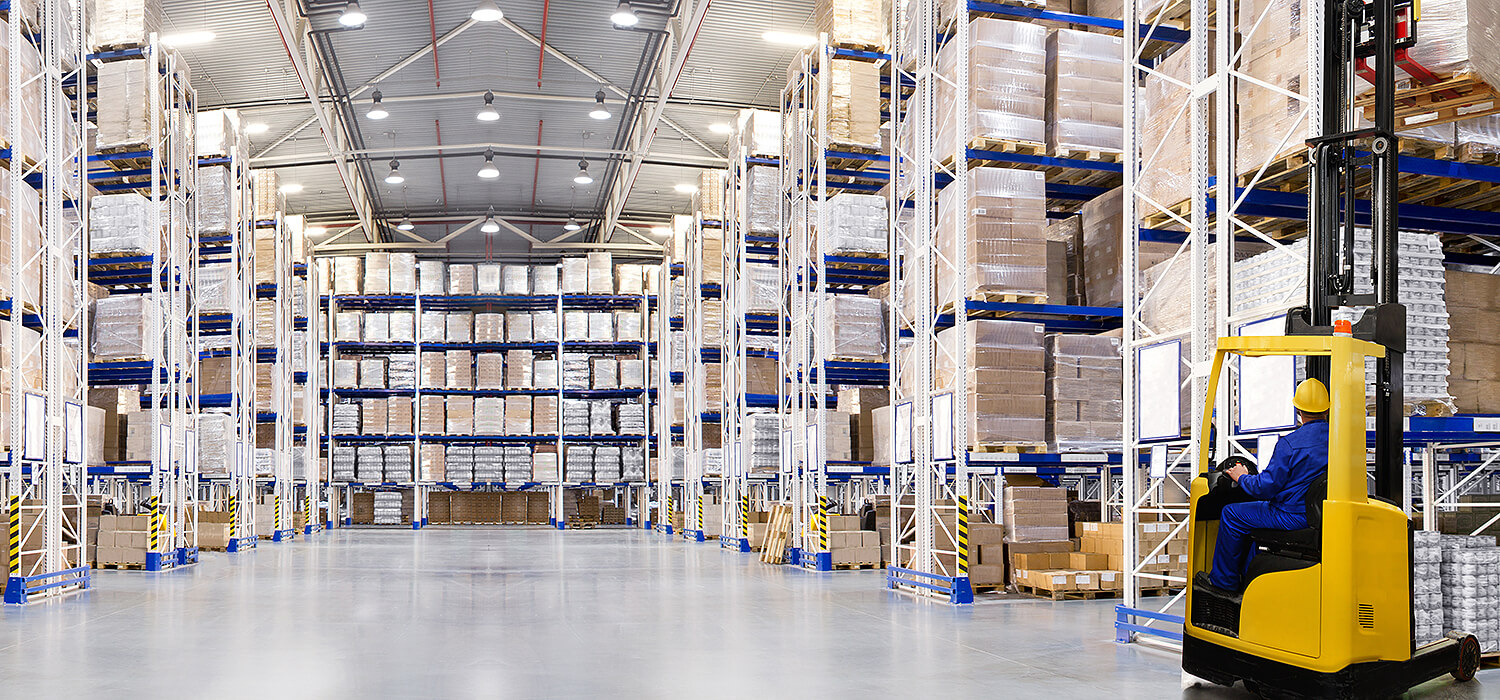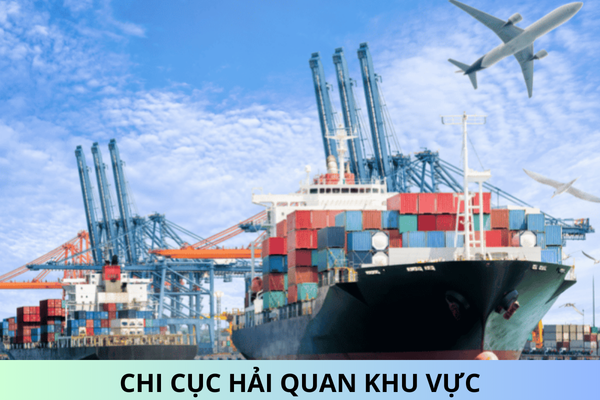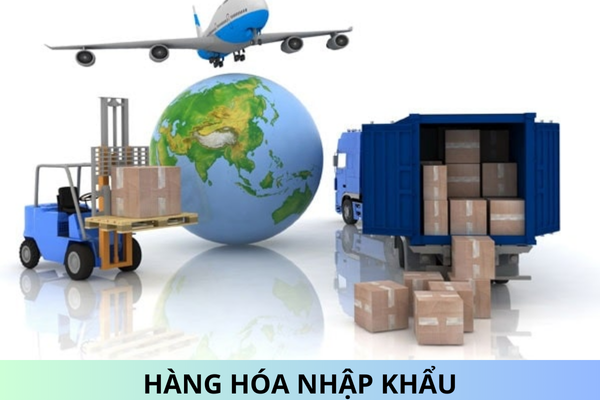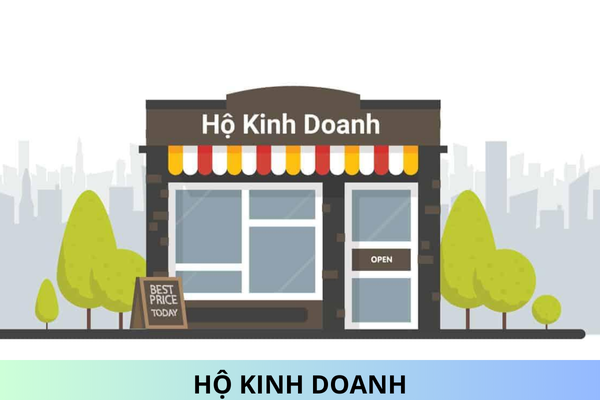What are regulations on CFS management in Vietnam?
Hello Lawnet. I'm learning regulations on customs procedures, customs supervision and inspection, export tax, import tax, and tax administration applied to exports and imports. I have a question. What are regulations on CFS management in Vietnam? Thank you!
Thanh Hang - Tien Giang

What are regulations on CFS management in Vietnam? - image from internet
Pursuant to Clause 31 Article 1 of the Circular 39/2018/TT-BTC (amending the Circular 38/2015/TT-BTC) on customs procedures, customs supervision and inspection, export tax, import tax, and tax administration applied to exports and imports issued by the Minister of Finance, the regulations on CFS management in Vietnam are stipulated as follows:
CFS management
a) Before imports are moved into the CFS:
a.1) Responsibilities of the consolidation service provider:
The consolidation service provider who moves consolidated goods of multiple owners under multiple bills of lading into the CFS for deconsolidation shall follow the instructions below:
a.1.1) If the CFS is located within the port: move the goods to the CFS for deconsolidation as prescribed;
a.1.2) If the CFS is located outside the port: follow the customs procedures specified in Clause 2 Article 51b of this Circular;
a.1.3) Maintain the status quo of goods during transport of containers from the port depot or checkpoint of import to the CFS.
a.2) The CFS operator shall send the list of containers entering the CFS for consolidation (specify the ship name, expected arrival date, numbers of the primary and secondary bills, container numbers, carrier’s seal numbers, importers’ names, goods names, quantity of packages) to the Sub-department of Customs responsible for the CFS through the e-customs system if the CFS is located within the port;
a.3) Responsibilities of the Sub-department of Customs at the border checkpoint or port of discharge:
a.3.1) If the CFS is located within the port: according to information in the ship dossier submitted to the national single-window system, the list of containers entering the CFS and relevant information (if any), the Director of the Sub-department of Customs responsible for the CFS shall decide the method for supervising the goods entering the CFS;
a.3.2) If the CFS is located outside the port: follow the customs procedures specified in Clause 3 Article 51b of this Circular;
a.3.3) After the shipment is cleared for dispatch, the e-customs system will send a notification of goods to be unloaded at the CFS (form No. 08 in Appendix X hereof) to the CFS operator’s system.
b) When imports enter the CFS:
b.1) Responsibilities of the CFS operator:
b.1.1) Inspect the containers; compare the list of containers and the actual containers in terms of container numbers and carrier’s seal numbers thereon.
In case the containers are not intact, the comparison result is not satisfactory or violations are suspected:
b.1.1.1) Update information according to form No. 18 in Appendix X and send a notification to the e-customs system;
b.1.1.2) Inform the Sub-department of Customs where the goods are stored of the suspected violations and move such goods in a separate area;
b.1.1.3) Sign the record (if any).
b.1.2) After the containers are unloaded at the CFS, update the information on the e-customs system according to form No. 14 or form No. 16 in Appendix X hereof;
b.2) Responsibility of the Sub-department of Customs responsible for the CFS:
b.2.1) If the CFS is located outside the port:
Carry on the procedures specified in Clause 4 Article 51b of this Circular;
b.2.2) In case there is information about violations of law or the actual quantity of goods does not match that on the bill of lading or delivery note or the packages of goods are not intact (due to damaged containers), the responsible customs official shall issue a record, 01 copy of which will be kept by each party, or issue an offense record (if violations are found) and take appropriate actions;
b.2.3) Receive information about the containers moved into the CFS from the CFS operator’s system.
c) While imports are being stored in the CFS:
c.1) Responsibilities of the CFS operator:
c.1.1) If the goods are unloaded, change the status of the containers into empty, change the status of unloaded goods into bulk cargo according to form No. 20 and form No. 15 in Appendix X hereof and send a notification to the e-customs system.
In case of change to information about unloaded goods (change of unloading method or unit of measurement), update information on the e-customs system according to form No. 16, 17, 25 (for bulk cargo) or form No. 27 in Appendix X hereof and send a notification to the e-customs system;
c.1.2) In case the packages are not intact or the comparison result is not satisfactory or violations are suspected:
c.1.2.1) Update information according to form No. 19 (bulk cargo) in Appendix X hereof and send a notification to the e-customs system;
c.1.2.2) Inform the Sub-department of Customs where the goods are stored of the suspected violations and move such goods in a separate area;
c.1.2.3) Sign the record (if any).
c.1.3) Maintain the status quo of goods and the seals (if any) while the goods are being stored in the CFS; sign on the CFS seals with the customs authority (if any).
c.2) Responsibility of the Sub-department of Customs responsible for the CFS:
c.2.1) According to information provided by the declarant and other sources (if any), the Director of the Sub-department of Customs shall decide the method for supervising goods in the CFS;
c.2.2) If the status quo of goods is not maintained or violations of law are suspected as informed by the CFS operator, a customs official shall inspect the goods;
c.2.3) If violations are found or the actual quantity of unloaded goods does not match that on the bill of lading or delivery note or the packages of goods are not intact (damaged), the customs official shall issue a record, 01 copy of which will be kept by each party, or issue an offense record (if violations are found) and take appropriate actions;
c.2.4) Receive and update information about goods entering the CFS. In case of change to information about goods entering the CFS (cancellation or change of drop-off method or measurement unit of bulk cargo), at the request of the CFS operator (explanation required), the responsible customs official shall update information on the e-customs system and send a notification to the CFS operator’s system;
d) When imports are removed from the CFS:
The declarant, the CFS operator and the customs authority shall follow the instructions specified in Point d Clause 1 Article 52 of this Circular.
Above are regulations on CFS management in Vietnam. Please refer to the Circular 39/2018/TT-BTC for more details.
Best regards!










